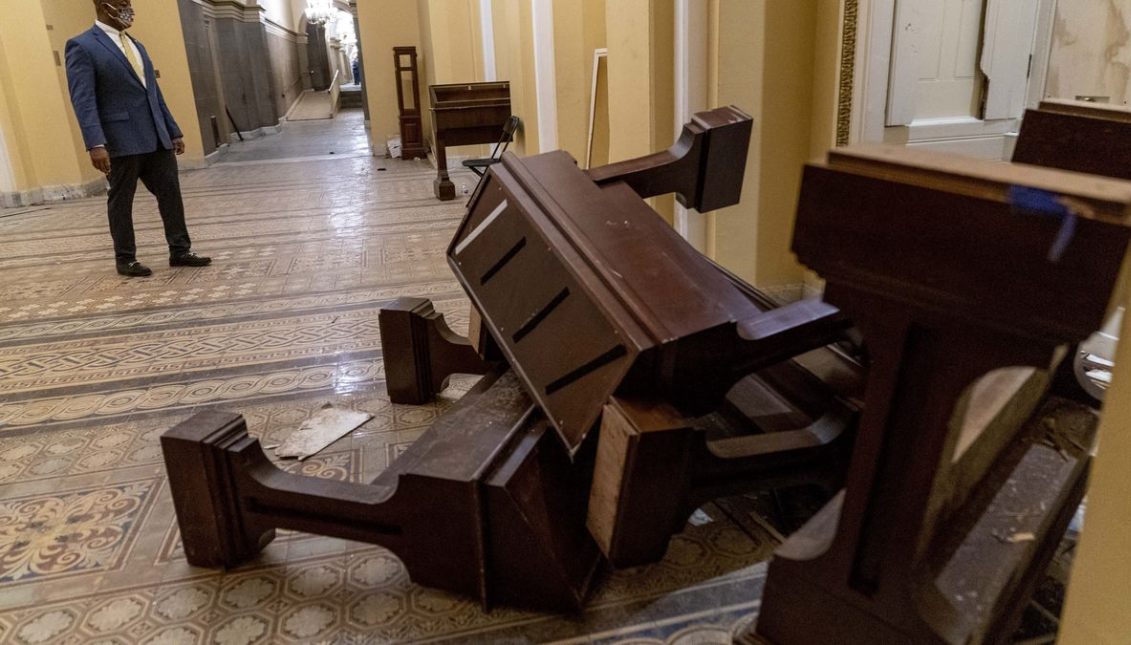
Prison labor is what will rebuild the U.S. Capitol after its siege
America’s past of slavery is ever-present in 2021.
Last week’s Capitol riots have come at many costs. Members of Congress were put at major risk, artifacts were stolen, glass and furniture were destroyed, five people lost their lives, and our democracy was threatened more than it ever has been.
The government is doing the best they can now to make sure this insurrection doesn’t go unpunished, but who will clean up the physical mess and how will the damaged furniture be replaced?
As TikTok user Jessica Jin explained in a viral video, one possible replacement for the damaged furniture will be new pieces produced by incarcerated people in federal prisons.
@jinandjuice update on federal furniture made by incarcerated people ##greenscreen ##greenscreenvideo ##capitol ##congress ##impeachment ##coup ##unicor ##nancypelosi
♬ original sound - jessica jin
Federal Prison Industries (FPI) is a government-owned corporation that uses prison labor to produce everything from office furniture to awards and plaques.
As Jin explained in her video, FPI is a “mandatory source” for government agencies, meaning that it must receive priority when the government is considering purchasing new goods that FPI manufactures, such as office furniture.
Because of the contractual relationships between the federal government and FPI, the furniture that will eventually replace the vandalized items will be built by incarcerated individuals working through a pandemic for wages between 23 cents and $1.15 an hour.
As disgustingly low as they are, these wages are actually some of the higher-paying ones within federal prisons.
Inmates are required to work unless medically exempt, with shifts lasting up to 12 hours.
Much of their small earnings automatically go towards “court-ordered fines, victim restitution, child support, incarceration fees, and other monetary judgments” and paying for their own room and board.
Prison labor has a long and shameful history in this country. Slavery was outlawed in December of 1865, with the passing of the 13th Amendment, but there’s a crucial loophole.
The amendment states that “neither slavery nor involuntary servitude, except as a punishment for crime whereof the party shall have been duly convicted, shall exist within the United States.”
While Jin’s video focused on replacing the items in the Capitol, prison labor extends beyond federal buildings.
Many state universities exploit the labor of incarcerated people to produce furniture. Inmates pick potatoes in Idaho, fight California wildfires, and in the beginning of the pandemic, inmates in New York were forced to make hand sanitizer, a product that they were not allowed to use themselves.
The government insists that prison labor is for the good of incarcerated people, but there is very little data to support the claim that these programs are effective in their intent to rehabilitate.
What’s abundantly clear is that it is a profitable business, an exploitative practice, and given the disproportionate amount of Black Americans that are incarcerated compared to white Americans, is an example of institutional racism.
The issues of mass incarceration and prison labor are deeply dissected in the Netflix documentary, The 13th, where lawyer and activist Bryan Stevenson implored us to face today’s reality.
“People say all the time, ‘well, I don't understand how people could have tolerated slavery? ‘How could they have made peace with that? ‘How could people have gone to a lynching and participated in that?’ ‘That’s so crazy, if I was living at that time, I would never have tolerated anything like that,’” he said. “And the truth is, we are living in this time, and we are tolerating it.”


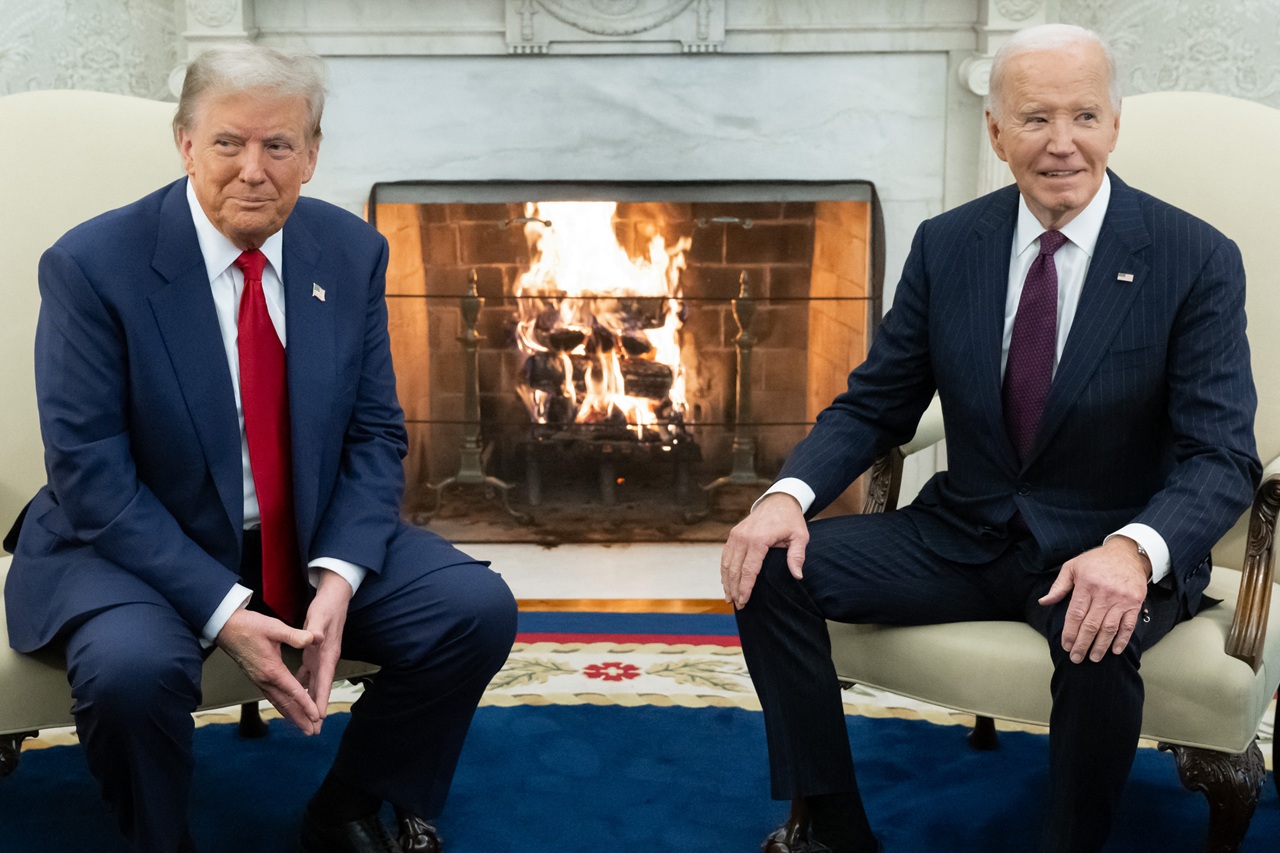
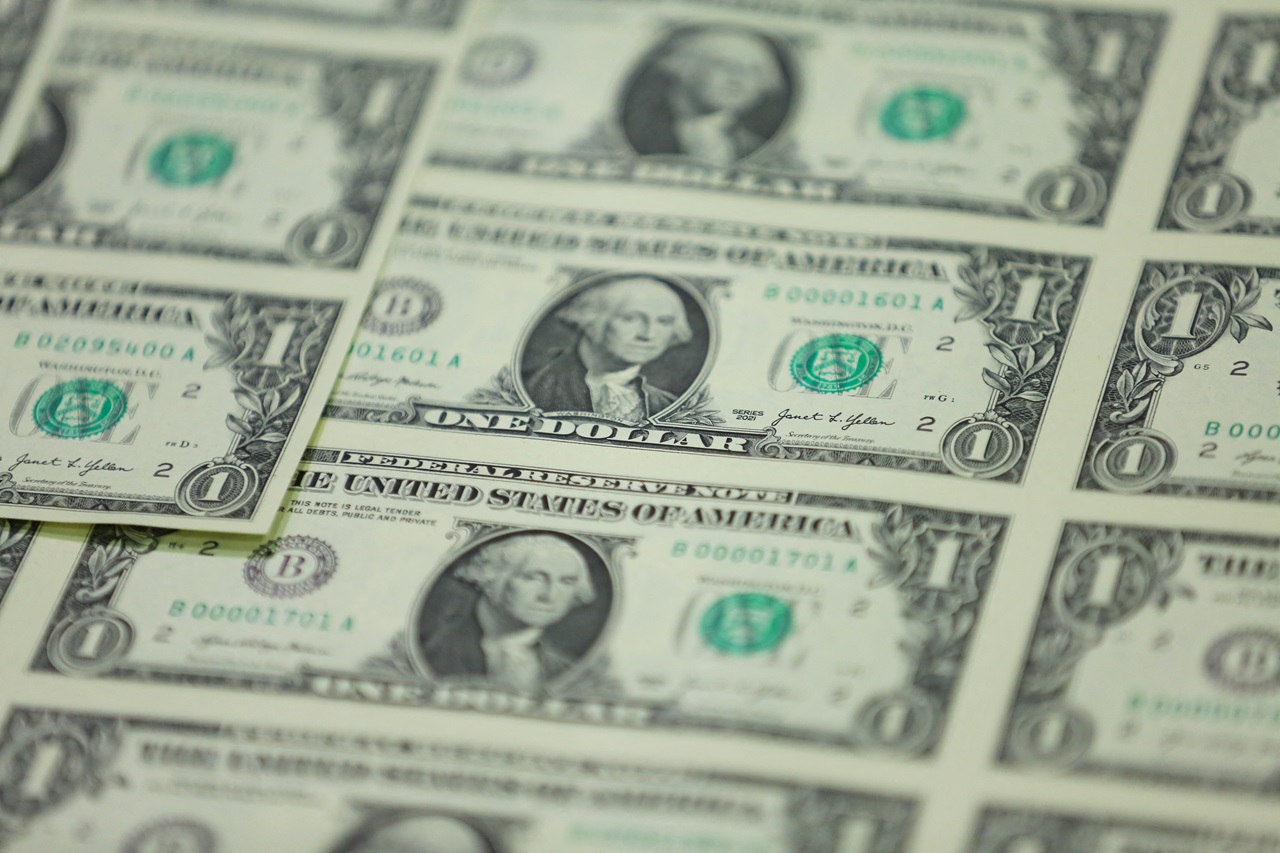
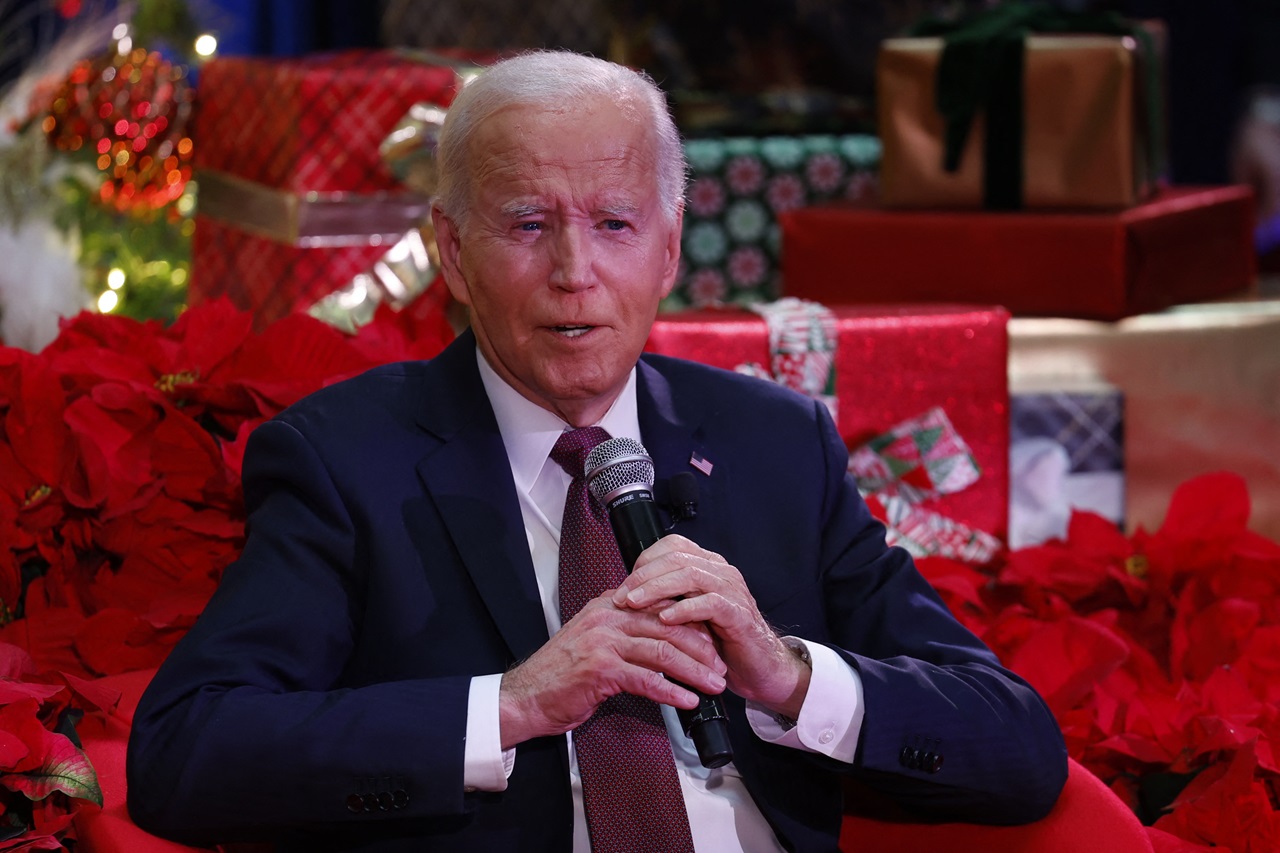


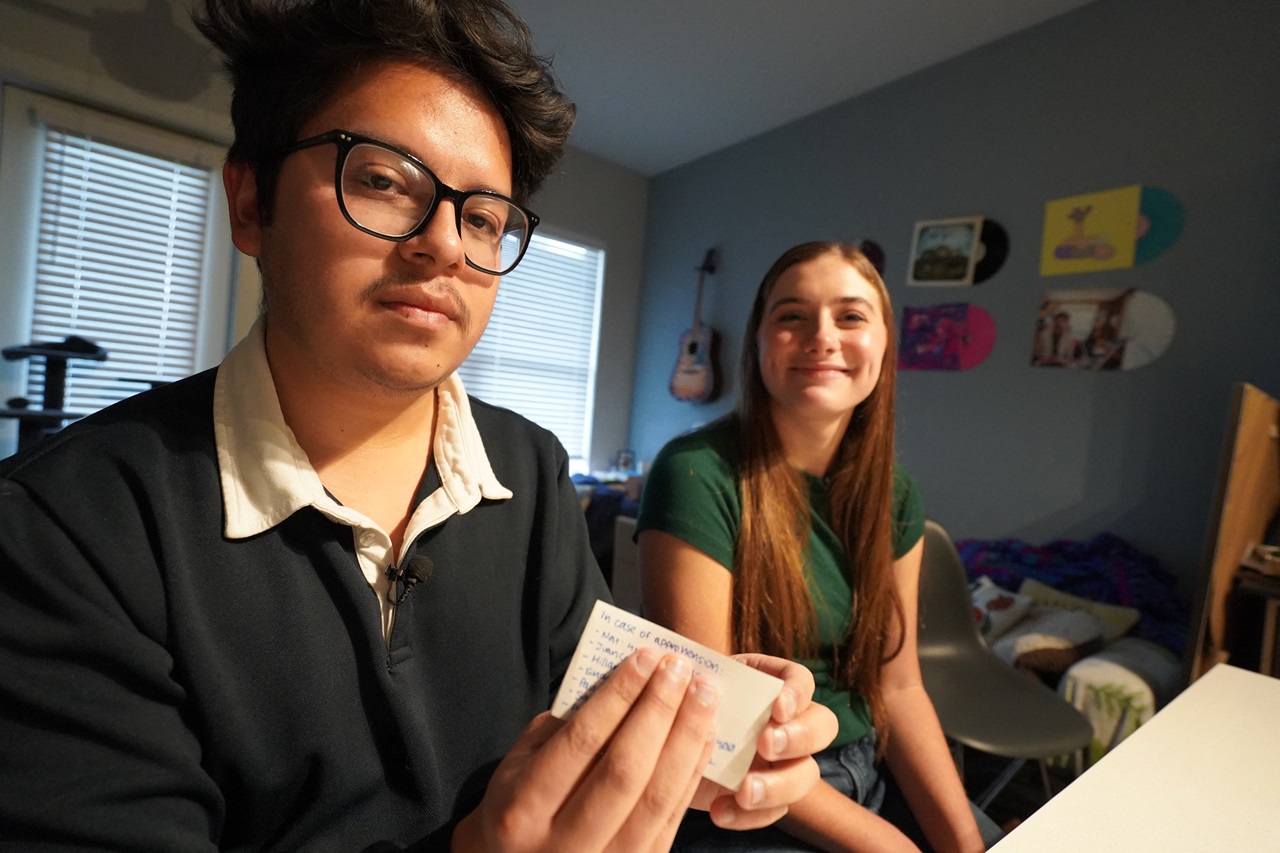



LEAVE A COMMENT:
Join the discussion! Leave a comment.